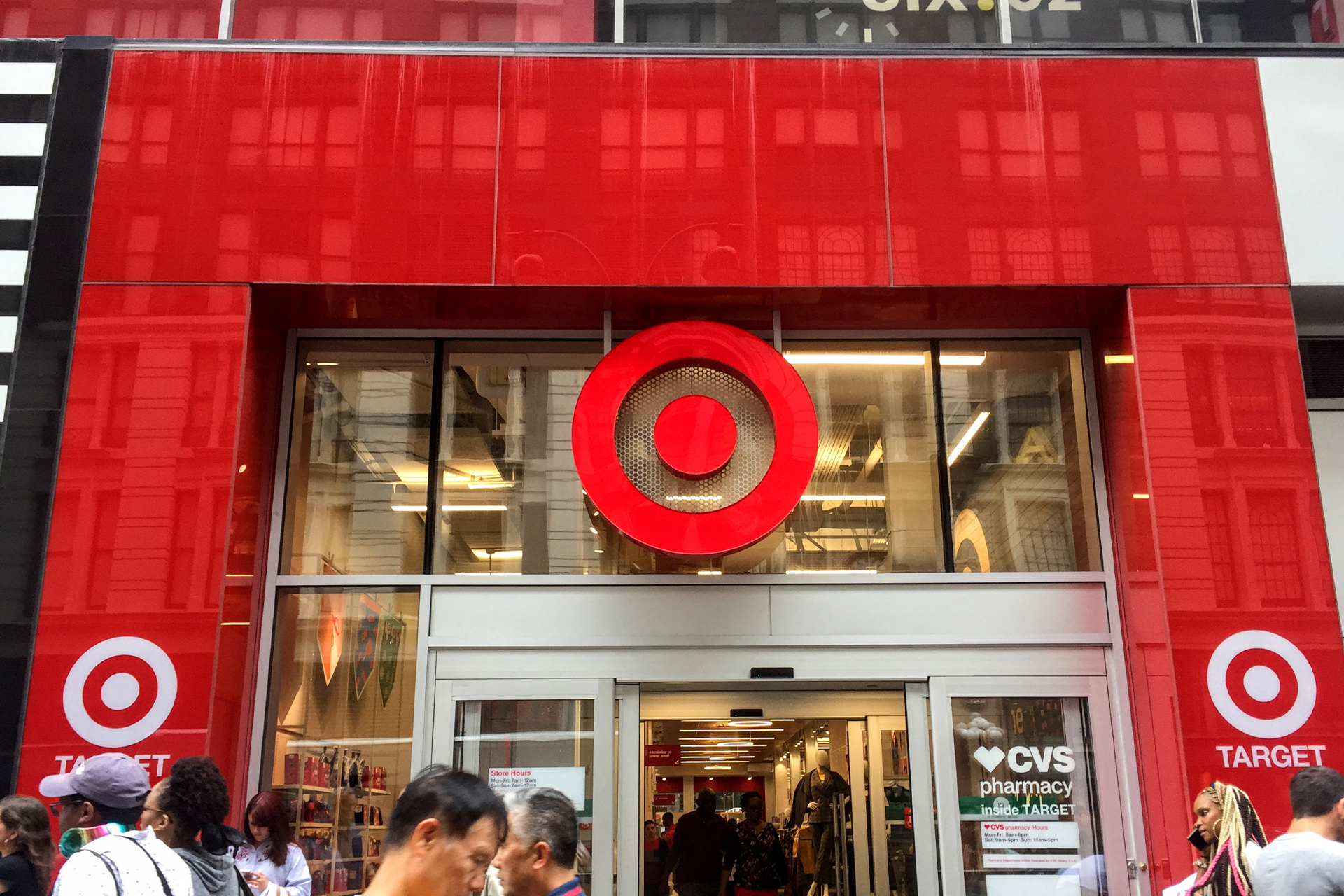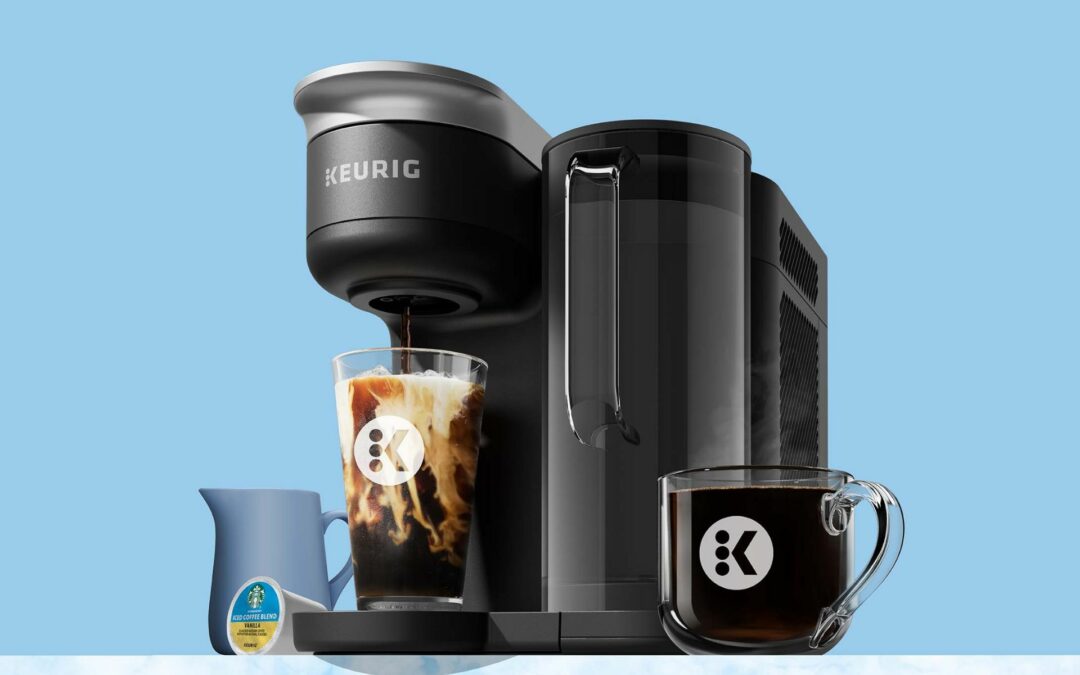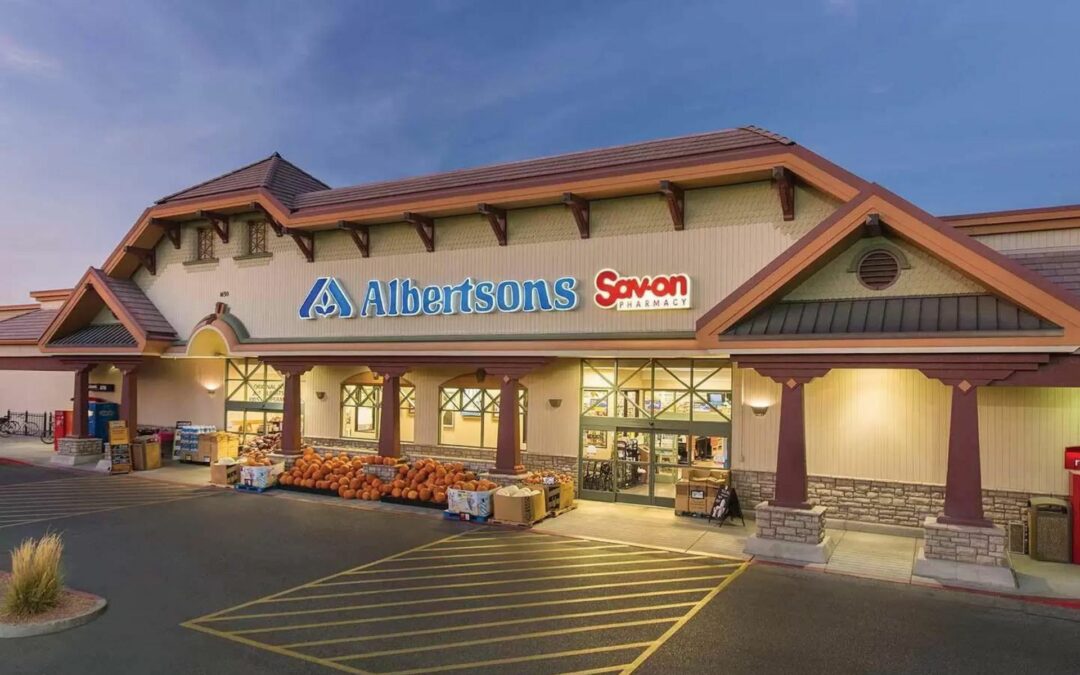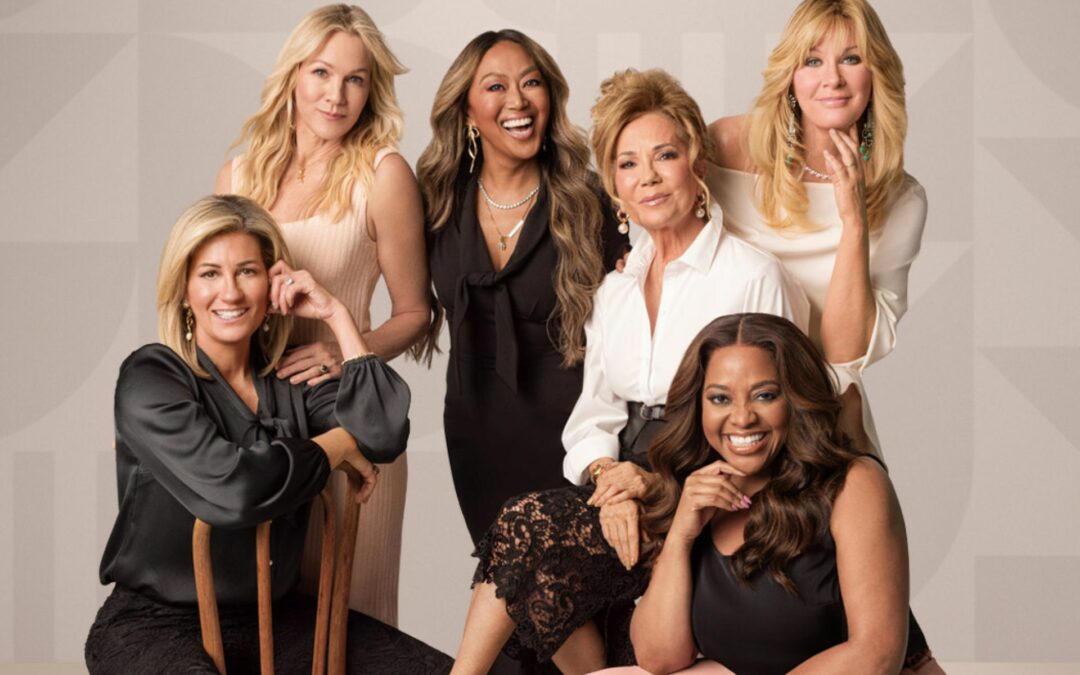This is the third installment of an exclusive HomePage News series examining the state of major home and housewares retailers entering the back half of 2021.
Complexity can be tricky to negotiate profitably, but Target is advancing initiatives launched before the COVID-19 pandemic and those either begun or adapted to the coronavirus crisis period to make itself a more established fixture in the life of its target consumer demographic.
Strengthen The Core
%
Comparable Sales (Against Q1 2020)
Total Sales (Billions)
Earnings Per Share (USD)
Traffic Building
Placer identified Target as particularly adept in doing just that, which helped it attract customers during the pandemic with the mix of value and availability it offered. The traffic tracker opined that Target’s unique ability to address the needs of the middle helped it outperform the marketplace in almost every product category it carries.
Home Sweet Home
In the Target conference call, Christina Hennington, the retailer’s chief growth officer, said Target’s home business delivered a sales increase in the mid-30% range on top of a high single-digit advance in the year-prior period, with growth strong across the board and especially in the decorative home and seasonal businesses. Hardlines delivered comp growth above 30% on top of a 20% increase in the year-before quarter, she added.
Online, the retailer for years played catchup to Amazon and other competitors with a website that consistently seemed less abundant in products provided and more difficult to navigate. Investment in website improvement also played into Target’s ability to grow the online business. In the first quarter, digital comp sales also grew 50% after 141% growth in the period a year past, driven by growth in same-day services of more than 275%, the company related.
In tandem with expanding its digital capacities, Target has been enhancing its ability to use stores as fulfillment centers, a diverse distribution strategy that it touts as more cost-effective than would be one involving building and relying on DCs to connect orders with dispersed customers who now have a variety of ways to shop the retailer. As such, Target stated, store assets, store inventory and store team drove more than 95% of first-quarter sales.
What’s In Store
Still, despite the digital growth, Target relies on in-store shopping, and, in the conference call, Cornell emphasized that consumers are returning to the company’s physical sales floors.
— Brian Cornell, CEO, Target
With all the good news, Target has heaped a lot on its plate. So far, it has feasted. But as market conditions normalize and competitive formats including department stores and off-pricers that closed in the pandemic push to regain customers, going after consumers who have added sales to the core Target business, the question becomes whether or not the company can effectively integrate the whole range of initiatives it’s pursuing.
Brand New Relationships
In addition to its own internal moves, including expanding and refreshing housewares and home furnishings presentation, Target has been expanding relationships with Disney, Ulta and Apple that have led to branded presentations from those brands appearing or soon to appear in the company’s physical and virtual stores. Such cooperative retailing may boost Target’s prospects in the key beauty and electronics businesses, but some might note the retailer once did fulfillment for Toys ‘R Us in a partnership that lasted less than a year.
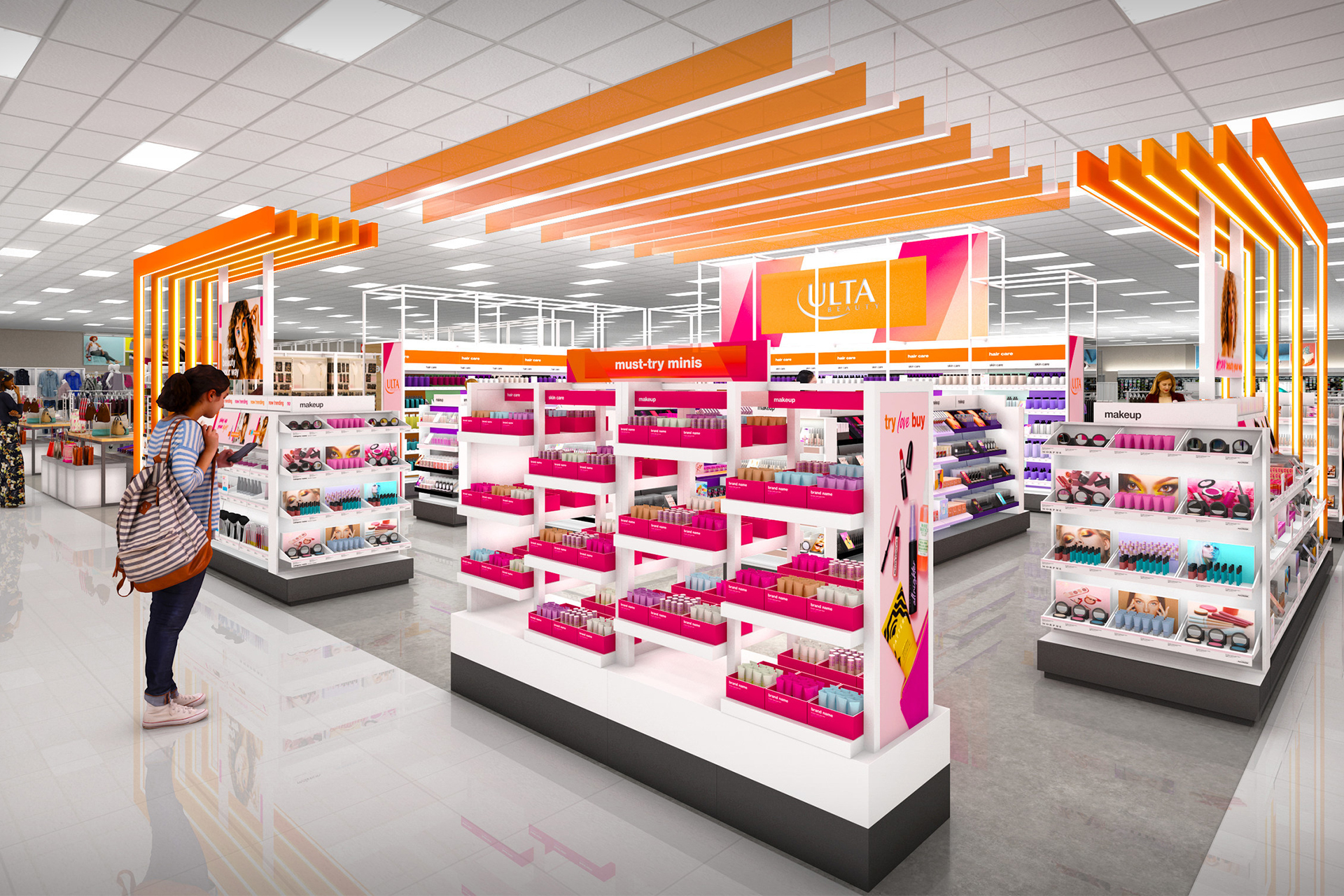
— Mara Devitt, Senior Partner, McMillian Doolittle
“We just can’t take the eye off profitability,” Devitt said. “We have to know what really is the cost of doing all these different initiatives and building capabilities especially because they were put in place and rolled out quickly. How do we look for efficiencies, such as operating efficiencies at scale?”
Up The Middle
Although the company may point to serving a wide range of demographics, observers frequently reference its position as conspicuously pegged and regularly reconfigured to meet the needs of middle-class consumers.
Target, as such, is thinking ahead to what the rising generation of consumers considers to be critical, and that includes social awareness. Target has been considerate of social concerns since its foundation, but the recent civil unrest in Minneapolis, its headquarters location, made the company even more sensitive. Given that Millennials and Generation Z shoppers, with the junior generation now beginning to emerge from college, think in terms of corporate social behavior when weighing where to spend makes it more imperative for Target to address the concerns of the younger middle class shoppers it wants to take from school to adulthood to parenthood.

Younger Concerns
Younger consumers are looking at social concerns such as inequity, sustainability and health under a broad umbrella of wellbeing and, so, asking retailers and their suppliers to do more in addressing their ethical priorities.
Target recently introduced a new, broadly conceived sustainability strategy developed to support people and the environment. The Target Forward strategy builds on the company’s legacy of corporate responsibility and sustainable practices, it stated in announcing the initiative. The intent is to co-create an equitable and regenerative future with customers, partners and communities, Walmart indicated. Target Forward will work on the basis of three areas of focus: To design and elevate sustainable brands including private labels; to innovate in eliminating waste; and to accelerate opportunity and equity.
Of course, it will do so not only with big picture efforts but with specific moves as well.
This spring, Target Launched the Jungalow collection with Justina Blakeney, brand founder, and a longtime Target collaborator, most recently as one of the company’s Home Style Experts.
Consumer Clusters
Target has been adding new proprietary products and collections, including Hearth & Hand with Magnolia from the popular reality duo of Chip and Joanna Gaines, with the aim of differentiating their brands and targeting specific consumer clusters.
The initiative with Jungalow offers somewhat different attractions. Blakeney described Jungalow as a business run by “a tiny, but mighty, team of nine women.” Target declared the Jungalow introduction continues its commitment to source and design more products from black creators and designers. Blakeney has tailored the Jungalow brands “cozy, wild and free vibe” to complement the retailer’s Opalhouse own brand in a collection that incorporates almost 300 pieces, ranging from bedding and bath items to décor products and furniture, at prices starting at $10, with most items under $30.
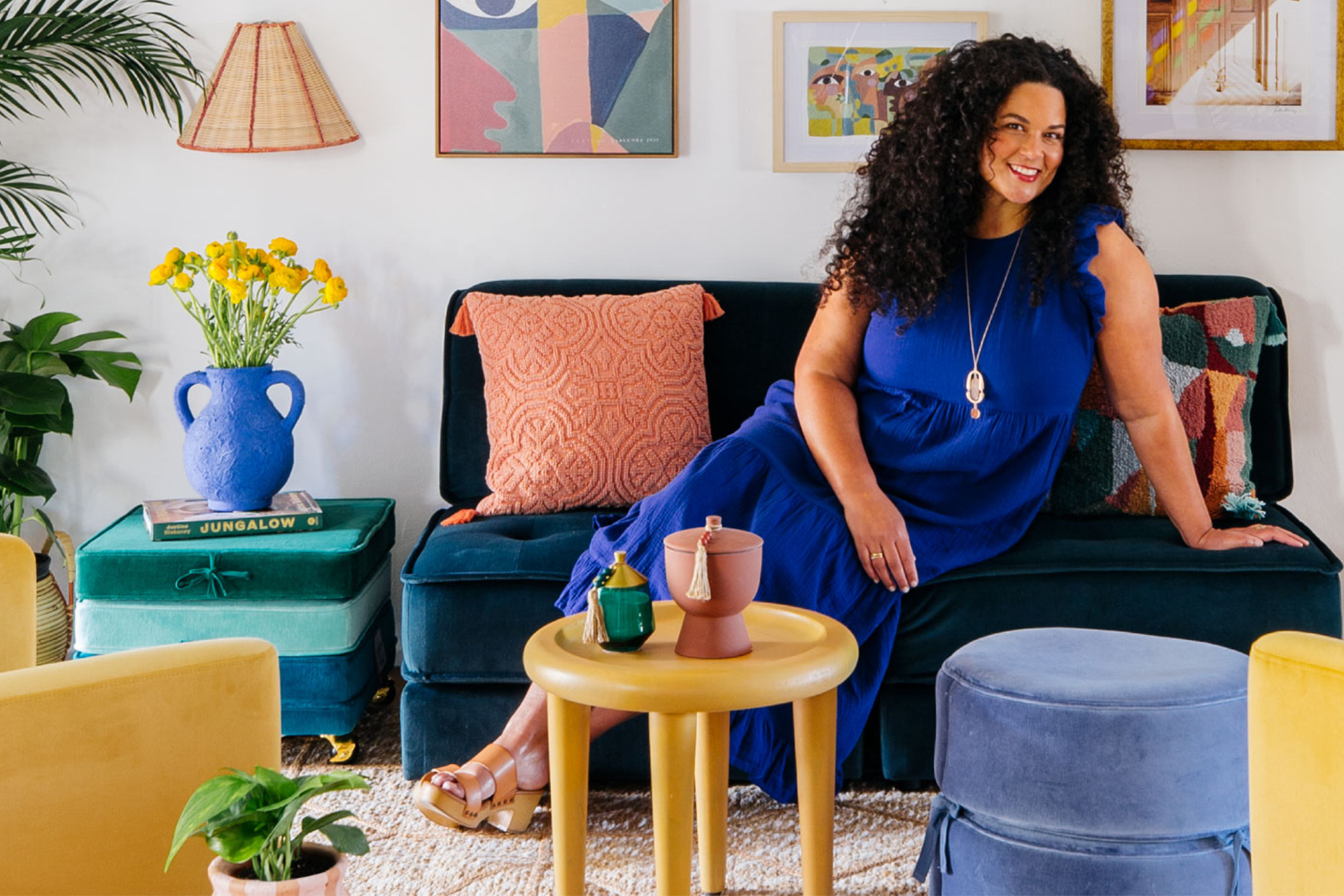
Blakeney said Target’s Jungalow offering will help consumers bring nature and natural materials into their homes, an aspect of the broader definition of wellness that’s having a bigger influence on the market.
“Nature is always our muse,” she noted. “We wanted to lean into earthy brights, fun geometric and botanical-inspired motifs, and natural materials. From rattan to raffia and coconut shells, we prioritize using materials that are close to the earth.”
She added that the Jungalow and Target each bring elements to the partnership that inform and support their businesses.
Urban Footsteps
Jungalow is among the initiatives that Target has launched that have advantages among younger consumers. The company’s expansion of smaller urban stores was a step in that direction, even if those locations suffered some supply problems that led to occasional incidents of empty spots on shelves. How urban locations will fare with changing conditions in major cities, including a shift of older Millennials to the suburbs, remains to be seen, particularly as those smaller stores had Millennials as a key operational focus. Still, Target will continue to seek to build an audience in dense metropolitan neighborhoods where finding reasonably priced everyday products is never easy.
Morning Star analyst Zain Akbari is among those observers who see Target as having done well in the pandemic while facing significant, if not insurmountable, challenges in an arena where powerful retailers including Walmart and Amazon are antagonists. In a research note, Akbari said Target’s development of omnichannel capacities has strengthened its position with the support of the store network. Akbari’s concern is that Target isn’t sufficiently unique, that it doesn’t have an inherent “moat” separating its operation from intrusion by competitors, and so will engage in often fierce competition if it is to grow.
– Zain Akbari, Morning Star Analyst
This demands strong execution, as Target will need to leverage costs to keep prices low.
“Although the COVID-19 pandemic has lifted near-term sales and validated Target’s e-commerce investments, we do not expect it to materially boost the firm’s long-term prospects,” Akbari wrote. “Rather, accelerating digitization, as customers are effectively forced to become familiar with convenient delivery and click and collect options, stands to shift sales into more costly fulfillment channels.”
A Good Defense
Ethan Chernofsky, Placer vp/marketing, sees Target’s prospects in a more favorable light. Where Akbari considers the competitive barrier between Target and its rivals as being fairly porous, Chernofsky contends that Target is better defended from direct bricks-and-clicks competition, given Walmart’s lower-income demographic and the limited capability of Kohl’s and other mid-tier and department store operators to compete with it on everyday needs. In effect, he said, Target has a defensible position as retailer of choice for the middle class based on a price position that keeps the tolerances of its core consumer in mind.
Target’s presentation of key licenses and brands such as Apple, Ulta and Disney, gives it some additional distinction, Chernofsky said. In contrast, he adds, Walmart remains powerful, but it is under assault in the value sector by myriad retailers who can compete effectively, at least in some way, with the discount store format, including value e-tailers, grocers, off-pricers and dollar stores. Under those circumstances, Walmart will have to contend with many, diverse competitors after its core value customer.
“The middle is alive and well,” Chernofsky said, “It just requires a more sophisticated brand. Target approaches this with brilliant merchandising strategies and a tailored experience. They understand what middle-class desires are and how to provide that.”

